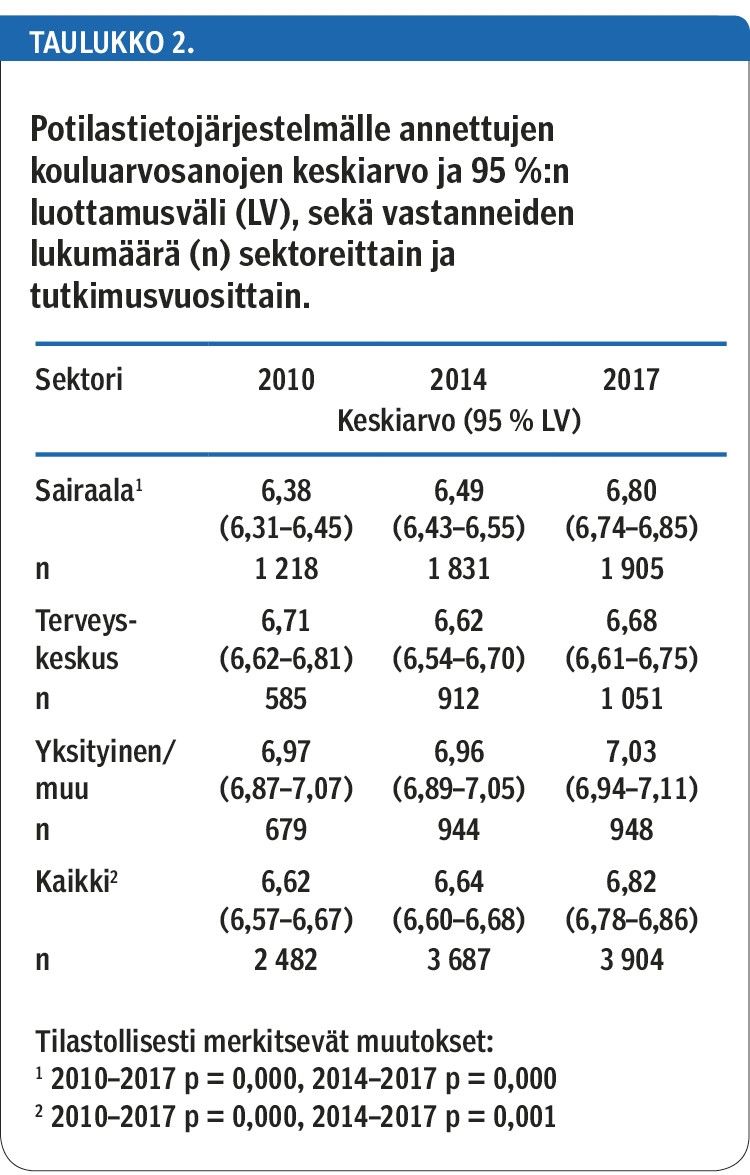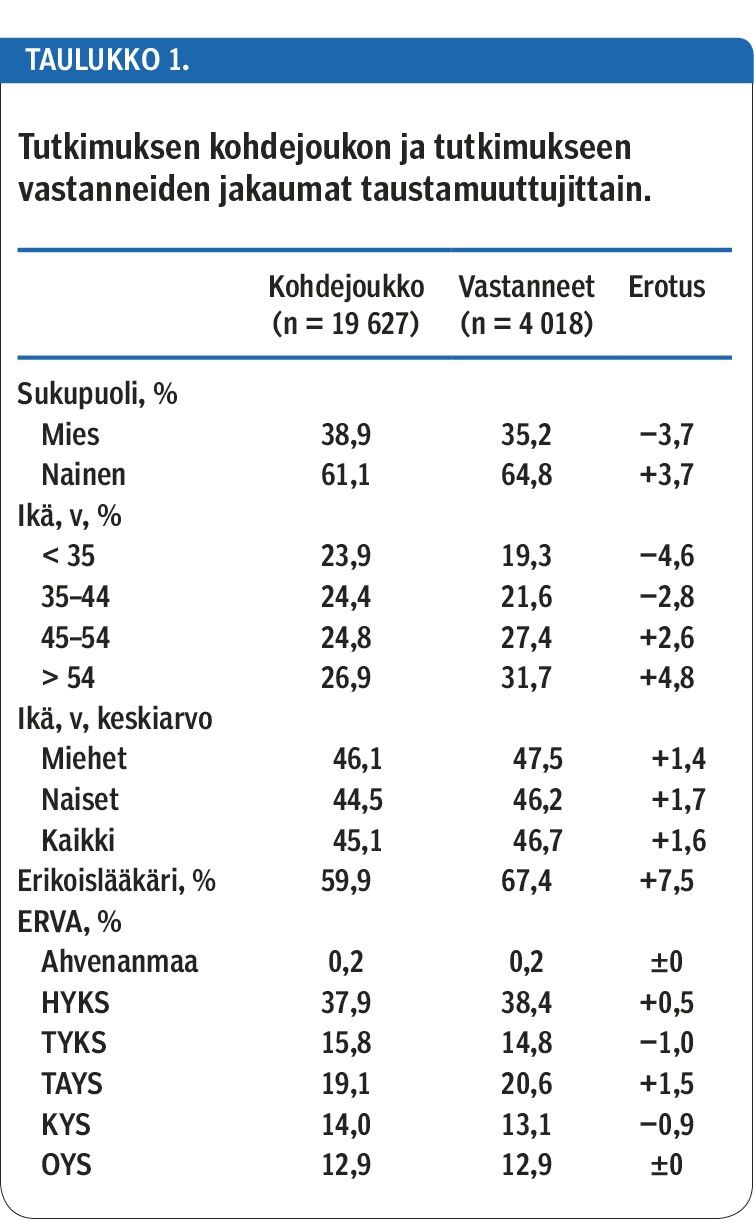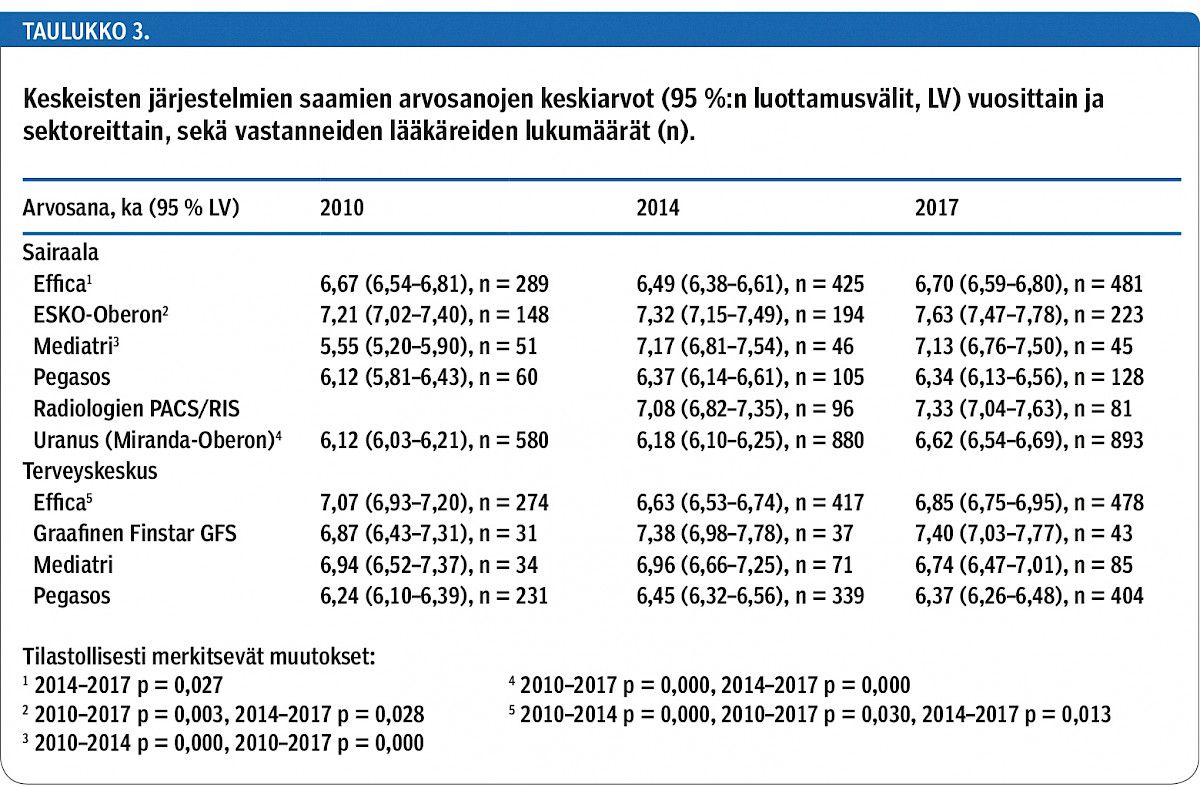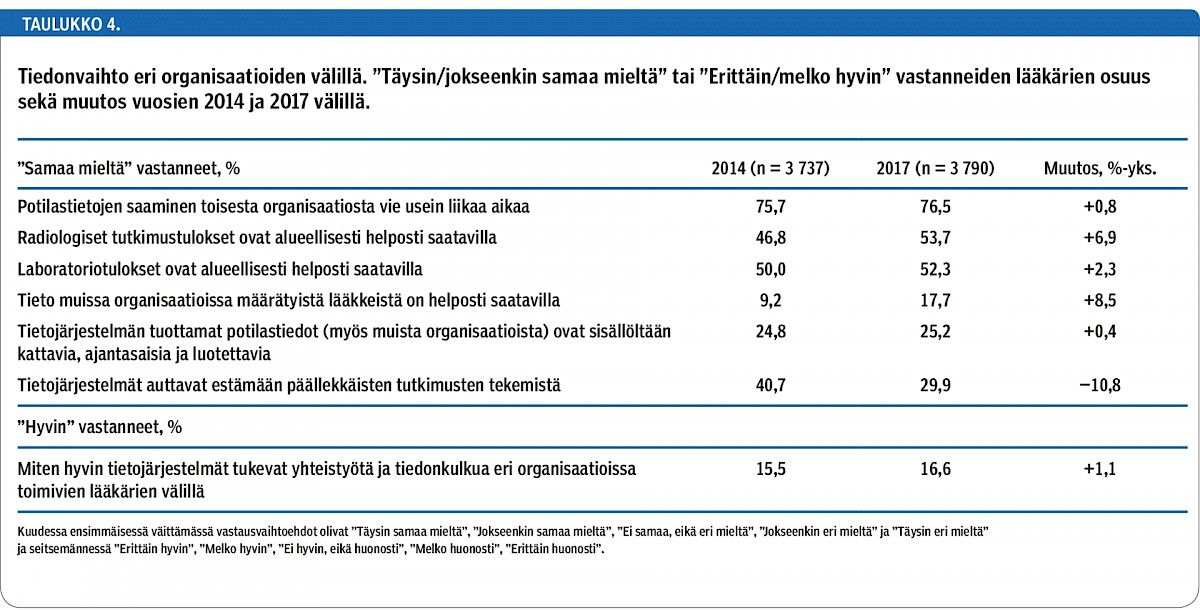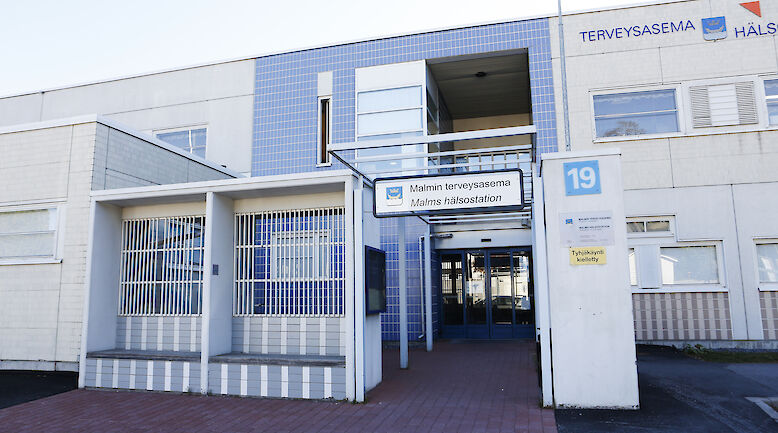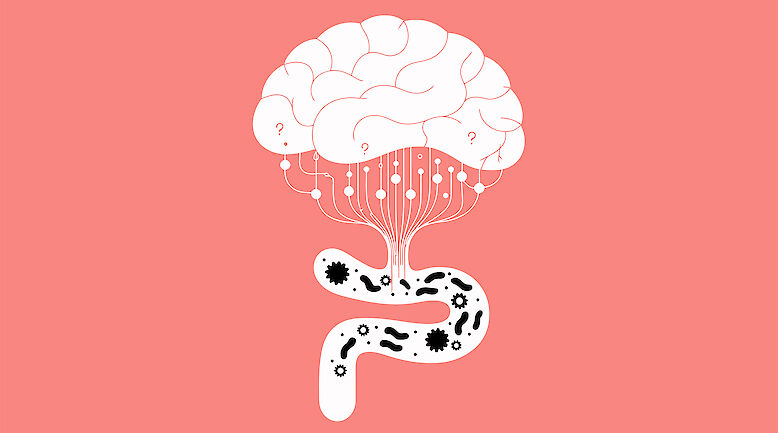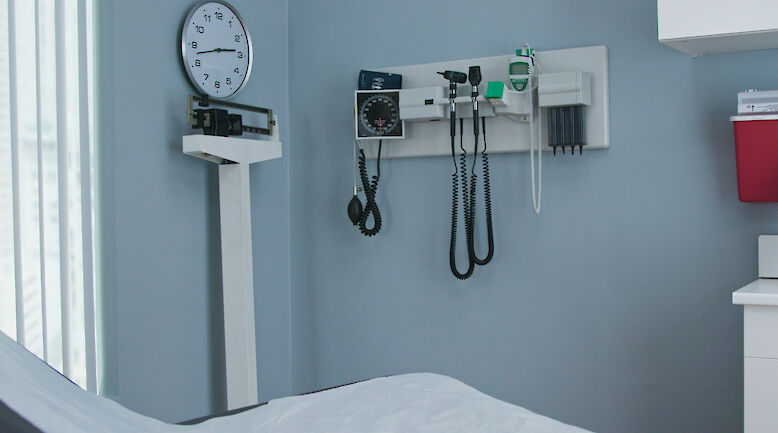Slight positive changes in physicians’ assessments of electronic health record systems

Background: In Finland, physicians’ experiences with electronic health record (EHR) systems were previously studied in 2010 and 2014. This study continues to assess the evolution of EHR systems. Special attention is paid to health information exchange between organizations.
Methods: The data were collected through online survey. The target population was limited to practising working age physicians (< 65 years) living in Finland. EHR systems were assessed with a school grade (44 Vänskä J, Viitanen J, Hyppönen H ym. Lääkärien arviot potilastietojärjestelmistä kriittisiä. Suom Lääkäril 2010;65:4177–83.,55 Vänskä J, Vainiomäki S, Kaipio J, Hyppönen H, Reponen J, Lääveri T. Potilastietojärjestelmät lääkärin työvälineenä 2014: käyttäjäkokemuksissa ei merkittäviä muutoksia. Suom Lääkäril 2014:69:3351–8.,66 Walker J, Pan E, Johnston D, Adler-Milstein J, Bates DW, Middleton B. The value of health care information exchange and interoperability. Health Aff (Millwood) 2005;suppl web exclusives:W5–10–W5–18.,77 Unni P, Staes C, Weeks H ym. Why aren’t they happy? An analysis of end-user satisfaction with electronic health records. AMIA Annu Symp Proc 2016;2026–35.,88 Kelan Kanta palvelut, THL. Kansallinen terveysarkisto (Kanta). (siteerattu 14.11.2017). www.kanta.fi,99 Reponen J, Kangas M, Hämäläinen P, Keränen N. Tieto- ja viestintäteknologian käyttö terveydenhuollossa vuonna 2014. Tilanne ja kehityksen suunta. Terveyden ja hyvinvoinnin laitos, Raportti 12/2015.,1010 Nurmi H. Lääkitystiedot haltuun. Kansallinen lääkityslista asianmukaisen lääkehoidon tukena. (siteerattu 22.11.2017). www.slideshare.net/THLfi/harri-nurmi-thl-lkitystiedot-haltuun). Health information exchange between organizations was assessed with seven statements. The main statistical method was analysis of variance.
Results: The average school grade for EHR systems was 6.82. The grade had improved statistically significantly compared to the previous study (year 2014: 6.64). Especially the grade for hospital sector EHR systems had improved. Health information exchange with other organizations had not improved, even though the Kanta services had been introduced since our previous study.
Conclusions: We observed slight positive changes in physicians’ estimates of EHR systems. However, the overall grade is not satisfactory. Thus, development of the systems needs to continue in order to achieve optimal functioning. Opinions on health information exchange had not improved. Fluent health information exchange is central to the success of the future social welfare and health care reform. Therefore, health information exchange should be at the core of development work in the near future.

